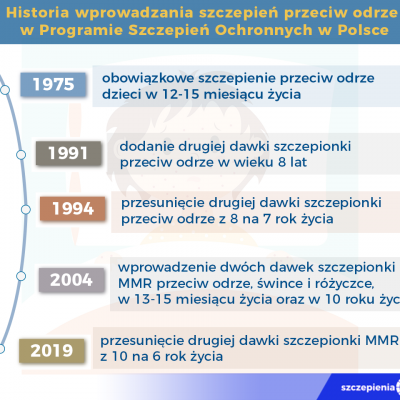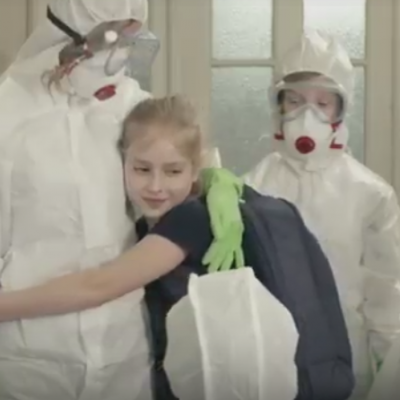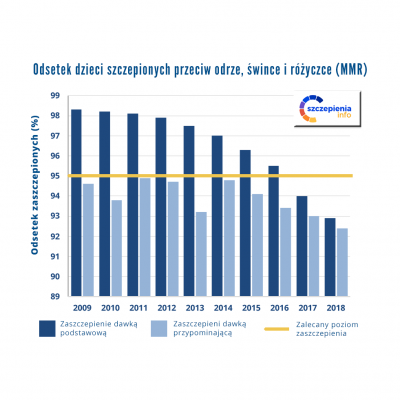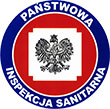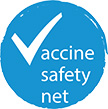Notice: Trying to get property 'ID' of non-object in /szczepieniainfo/wp-content/themes/wpbootstrap/modules.php on line 31

Czy można szczepić osoby z alergiami?
Podsumowanie
Dlaczego należy szczepić dzieci z alergiami?
Czy szczepienia wywołują alergie lub zwiększają ryzyko zachorowania na przewlekłe choroby alergiczne?
Czy po podaniu szczepionek mogą występować reakcje alergiczne?
Czy można szczepić osoby z alergiami?
Czy szczepionka przeciw odrze, śwince i różyczce (tzw. MMR) może być podawana dla osób z alergią na białko jaja kurzego?
Czy po podaniu szczepionek z tiomersalem może wystąpić reakcja alergiczna?
Czy po podaniu szczepionki z żelatyną może wystąpić reakcja alergiczna?
Czy po podaniu szczepionki ze śladową ilością antybiotyków może wystąpić reakcja alergiczna?
Czy po podaniu szczepionki, która zawiera opakowanie z lateksem może wystąpić reakcja alergiczna?
Jak mogą wyglądać objawy reakcji alergicznych po podaniu szczepionki?
Jakie są przeciwwskazania do szczepień chorych z alergiami?
Jak często po podaniu szczepionki może wystąpić reakcja anafilaktyczna?
Czy po podaniu szczepionek mogą występować reakcje alergiczne?
-
Szczepienia nie prowadzą do rozwoju chorób alergicznych, ale mogą wywoływać reakcje alergiczne.
-
U dzieci z chorobami alergicznymi, podobnie jak u dzieci zdrowych, istnieje możliwość wystąpienia po szczepieniach niepożądanych odczynów, w tym również o charakterze reakcji alergicznych.
-
Dzieci uczulone na składniki szczepionek mogą rozwijać ostre reakcje alergicznie podobnie jak na wszystkie alergeny
-
Reakcje alergiczne na substancje pomocnicze wchodzące w skład szczepionek występują bardzo rzadko.
Po podaniu niektórych szczepionek mogą występować reakcje alergiczne. Jest to związane z występowaniem w składzie szczepionek substancji pomocniczych, które mogą stanowić czynnik uczulający. Wśród substancji, które mogą być przyczyną reakcji alergicznych po podaniu szczepionki wymienia się najczęściej: białko jaja kurzego, żelatynę, neomycynę oraz lateks.
- Offit PA, Hackett CJ. Addressing parents’ concerns: do vaccines cause allergic or autoimmune diseases? Pediatrics 2003;111:653-9.
- Strachan DP. Hay fever, hygiene, and household size. BMJ 1989;299:1259-60.
- Krämer U, Heinrich J, Wjst M, Wichmann HE. Age of entry to day nursery and allergy in later childhood. The Lancet 1999;353:450-4.
- Odent MR, Culpin EE, Kimmel T. Pertussis vaccination and asthma: is there a link? JAMA
- 1994;272:592-3.
- Kay AB. Allergy and allergic diseases. First of two parts. New England Journal of Medicine 2001;344:30-7.
- van den Biggelaar AH, van Ree R, Rodrigues LC, et al. Decreased atopy in children infected with Schistosoma haematobium: a role for parasite-induced interleukin-10. The Lancet 2000;356:1723-7.
- Du Bois RM. Interferon gamma-1b for the treatment of idiopathic pulmonary fibrosis. New England Journal of Medicine 1999;341:1302-4.
- DeStefano F, Gu D, Kramarz P, et al. Childhood vaccinations and risk of asthma. Pediatric Infectious Disease Journal 2002;21:498-504.
- Nilsson L, Kjellman NI, Björkstén B. A randomized controlled trial of the effect of pertussis vaccines on atopic disease. Archives of Pediatrics and Adolescent Medicine 1998;152:734-8.
- Sánchez-Solis M, Garcia-Marcos L. Do vaccines modify the prevalence of asthma and allergies? Expert Rev Vaccines 2006;5:631-40.
- El -Zein M, Parent ME, Benedetti A, Rousseau MC. Does BCG vaccination protect against the development of childhood asthma? A systematic review and meta-analysis of epidemiological studies. International Journal of Epidemiology 2010;39:469-86.
- Melbourne Infant Study: BCG for Allergy and Infection Reduction (MISBAIR). http://misbair.org.au/
- Kemp T, Pearce N, Fitzharris P, et al. Is infant immunization a risk factor for childhood asthma or allergy? Epidemiology 1997;8:678-80.
- Farooqi IS, Hopkin JM. Early childhood infection and atopic disorder. Thorax 1998;53:927-32.
- Anderson HR, Poloniecki JD, Strachan DP, et al. Immunization and symptoms of atopic disease in children: results from the International Study of Asthma and Allergies in Childhood. American Journal of Public Health 2001;91:1126-9.
- Bernsen RM, de Jongste JC, van der Wouden JC. Lower risk of atopic disorders in whole cell pertussis vaccinated children. European Respiratory Journal 2003;22:962-4.
- Laubereau B, Grote V, Hölscher G, et al. Vaccination against Haemophilus influenzae type b and atopy in East German schoolchildren. European Journal of Medical Research 2002;7:387-92.
- Australian Technical Advisory Group on Immunisation (ATAGI). The Australian immunization handbook. 10th ed. Canberra: Australian Government Department of Health and Ageing; 2013.
- Bohlke K, Davis RL, Marcy SM, et al. Risk of anaphylaxis after vaccination of children and
- Pediatrics 2003;112:815 -20.
- Lakshman R, Finn A. MMR vaccine and allergy. Archives of Disease in Childhood 2000;82:93-5.
- Australasian Society of Clinical Immunology and Allergy (ASCIA). Guidelines for medical practitioners: Influenza vaccination of the egg -allergicindividual. September 2010.
- Valander A. i wsp. Anaphylaxis after vaccination of children: Review of literature and recommendations for vaccination in child and school health services in Belgium. Vaccine 2014, 32, 3147-54.
Erlewyn-Lajeunesse M. i wsp. Anaphylaxis as an adverse event following immunisation in the UK and Ireland.Arch. Dis. Child., 2012; 97: 487–490. - Kelso JM i wsp. Adverse reactions to vaccines practice parameter 2012 update. J Allergy Clin. Immunol, 2012; 130, 25–43.
- Institute of Medicine of the National Academy of Sciences: Adverse effects of vaccines. Evidence and causality. 2011 (iom.edu/vaccineadverseeffects)
- Offit PA, Moser CA. Vaccines and your child: separating fact from fiction. New York: Columbia University Press; 2013.
- Des Roches A, Paradis L, Gagnon R, Egg-allergic patients can be safely vaccinated against influenza. J Allergy Clin Immunol 2012, 130(5):1213-1216.
- Bernatowska E., Bernat-Sitarz K., Pietrucha B. i wsp. Szczepienia dzieci i osób dorosłych uczulonych na białko jaja kurzego –coraz mniej ograniczeń Standardy Medyczne/Pediatria. 2012 , t 9 134-139.





